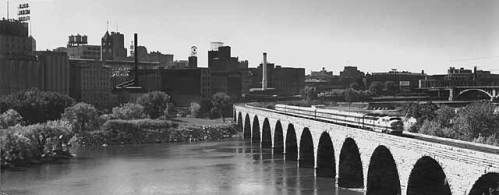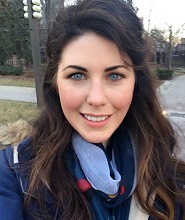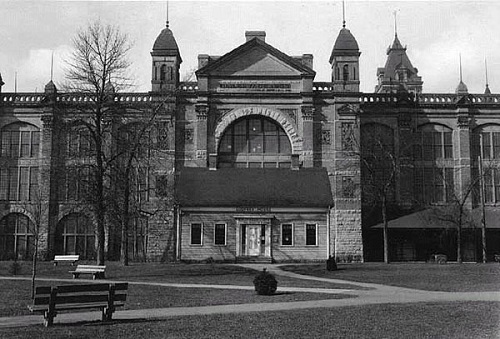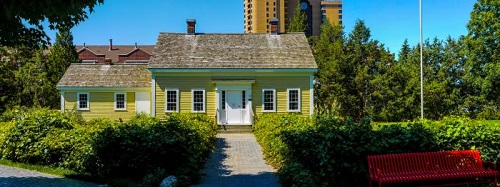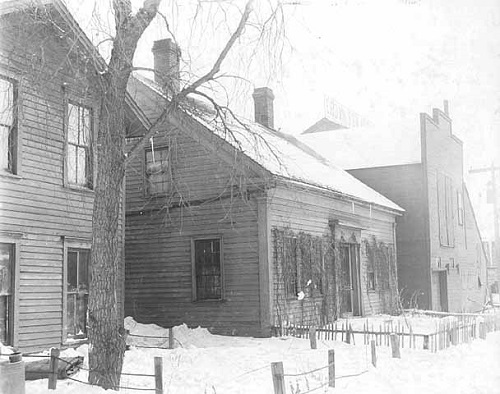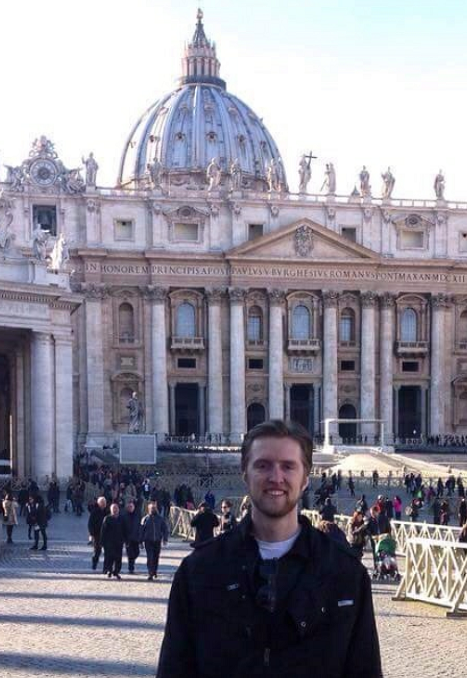Via a June 10 Press Release from the mpls downtown council

Enjoy mpls downtown this summer with activities and programming taking place throughout our city’s core. With more workers returning to office and patrons to events, activities and patios alike, downtown’s reanimation continues each week.
Throughout the summer, there will be free events and programs happening that will add to your collective experiences. Headlined by Downtown Thursdays—which features the Nicollet Farmer’s + Maker’s markets, music, patio fun and more—downtown has many can’t-miss activities to check out on breaks, after work, or before a planned outing.
Visit www.mplsdowntown.com for information on Downtown Thursdays, walking tours, green spaces, what’s new, a full calendar of events and more.
“Downtown is ready for us to fully embrace the experiences and moments we enjoyed pre-pandemic,” said Steve Cramer, president & ceo of the mpls downtown council and Mpls Downtown Improvement District. “Each week Downtown Thursdays will be a full day of activities throughout downtown—from your morning commute to your after-work happy hour. And there are more activities throughout the week. We have a vibrant, resilient community, and we are ready to dive back into those moments we missed over the past 15 months.”
This summer’s weekly downtown events and programming will include:
- Downtown Thursdays | Nicollet Farmers Market & Makers Market, Nicollet closed to bus route 6 am – 3 pm, MNSpin concerts, lawn games, Upper Lock & Dam Tours, Paddle Share promotions, Target Free Thursday Nights at Walker Art Museum, movies at Target Field Station, programming at The Commons, Twins games, various happy hour specials and programming at downtown restaurants and bars, and more
- Pianos on Parade presented by PNC Bank
- Peavey Plaza programming
“Summer is here, and there is nothing better than enjoying a patio before or after your favorite events,” said Ryan Petz, CEO of Fulton Beer. “We love being part of the downtown community nearby all the fantastic events and venues you can’t find anywhere else. Our taproom is thrilled to see downtown’s reanimation and love welcoming our patrons to enjoy summer together.”
Pre-pandemic, downtown welcomed 218,000 workers daily and millions of visitors annually. Today, with 53,000 downtown residents, over 26 percent of downtown’s workforce already returned with more coming this summer through fall, and stadiums, restaurants and entertainment venues preparing for full capacity, downtown is ready and able to accommodate its continued reanimation.
“We very much look forward returning to our downtown office,” said Meike Hengelfelt, CenterPoint Energy Strategic Marketing Manager. “We are so excited to be back in person with our colleagues to work collaboratively but also to enjoy downtown and all it has to offer – the Farmers Market on Nicollet Mall, spending the lunch hour by Peavey Plaza fountains, a summer evening on one of the beautiful downtown patios and so much more. Collectively, we are the ones who make downtown and we look forward to creating new experiences and making it an even better place for all this summer.”
Enjoy Downtown Thursdays all summer
Downtown is the place to be each Thursday this summer! Take in the Nicollet Farmers Market and Nicollet Makers Market from 6 am-2 pm. At Peavey Plaza, enjoy MNSpin live music (12-1 pm), free lawn games (11:30 am-1:30 pm), and piano performances (5-6 pm). The Mississippi Park Connection is offering Lock and Dam tours plus 10 percent off paddle share tickets. The Walker Art Center has its Target Free Thursday Nights from 5-9 pm. Plus, enjoy summer evenings with Happy Hours at our fantastic downtown restaurant scene. There will be special events and activities throughout the summer.
Pianos on Parade presented by PNC Bank returns
Pianos on Parade presented by PNC Bank return this summer with an extended run and includes pianos placed throughout downtown June through August. This year’s pianos are being painted through artist collaborations with Kulture Klub Collaborative, FAIR School, Art Buddies and other local artists to reflect a theme of A Vibrant Downtown. Pianos will be available for the public to share their gift of music, and they will also have more than 90 scheduled performances.
Splash and play at Peavey Plaza
Get ready for fun activities at Peavey Plaza throughout the summer. Enjoy free lawn games each Tuesday, Wednesday and Thursday from 11:30 am-1:30 pm, free vinyasa yoga with the YWCA of Minneapolis on Tuesdays at 5:30 pm, Pianos on Parade performances on Wednesdays at 12 pm and Thursdays at 5 pm, MNSpin live music on Thursdays at 12 pm. Plus, enjoy the fountains and splashpad at Peavey Plaza throughout the summer.
Your favorite dish. Your perfect patio. The best part is you.
Downtown Thursdays complements a wide variety of happy hour specials at downtown restaurants including 8th Street Grill, Borough, Boulevard Bar & Grill, Constantine, Cowboy Jacks, CRAVE, Gluek’s, Lyons Pub, Monello, Nolo’s Kitchen Bar, The Loop and more.
For more information on downtown’s reanimation, a calendar of events, walking tours, and more, visit www.mplsdowntown.com.
About the mpls downtown council
Founded in 1955, and one of the most historic central business associations in the nation, the mpls downtown council (mdc) is a membership-based entity that works to create an extraordinary downtown. The mdc’s collaborative developments of Intersections: The Downtown 2025 Plan was designed to help downtown businesses, community leaders and citizens build on downtown assets and implement future goals. For more information, please visit mplsdowntown.com.
About the Mpls Downtown Improvement District
The Mpls Downtown Improvement District (DID) is a business funded non-profit focused on creating a more vibrant downtown. DID leads and collaborates on programs that make downtown safer, cleaner and greener. DID convenes people across sectors and jurisdictions to work on issues of mutual interest; develop innovative solutions to complex public space challenges/opportunities including strategic activation and seek continuous improvement of ongoing programs including the ambassadors. For more information, visit www.mplsdid.com.
 Friday, June 18, 2021 at 5:50AM |
Friday, June 18, 2021 at 5:50AM |  Kim Eslinger |
Kim Eslinger | 
